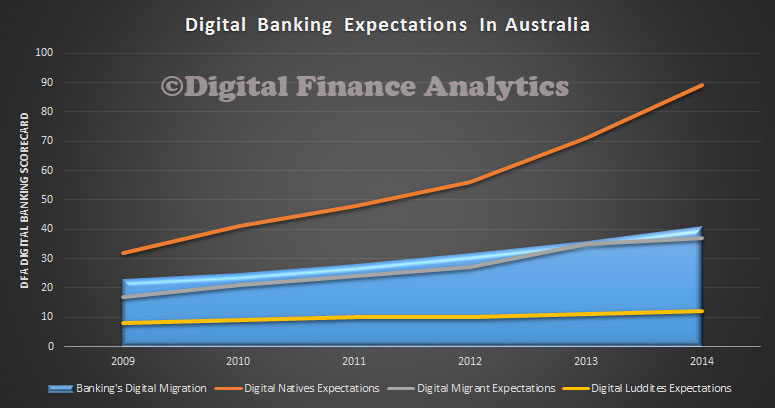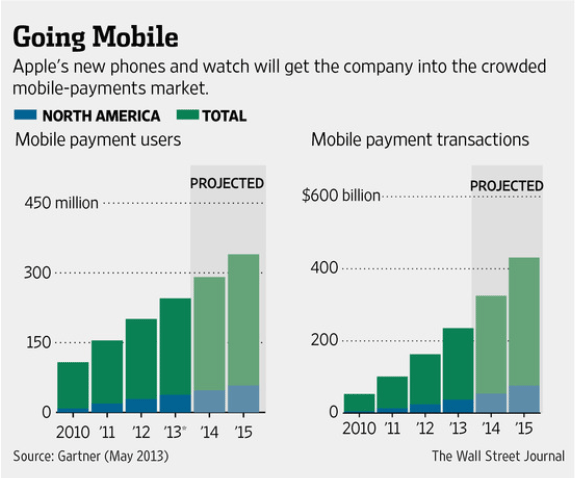Apple doesn’t save your transaction information. With Apple Pay, your payments are private. Apple doesn’t store the details of your transactions so they can’t be tied back to you. Your most recent purchases are kept in Passbook for your convenience, but that’s as far as it goes.
Keep your cards in your wallet. Since you don’t have to show your credit or debit card, you never reveal your name, card number or security code to the cashier when you pay in store. This additional layer of privacy helps ensure that your information stays where it belongs. With you.
Apple Pay works with most of the major credit and debit cards from the top U.S. banks. Just add your participating cards to Passbook and you’ll continue to get all the rewards, benefits, and security of your cards.
Reading further about the service, clearly security is a big focus because instead of storing your card on the phone, Apple Pay creates a dynamic security code. You can add in a new card just by taking an image of it. Touch ID will be used to confirm transactions (fingerprint reading technology) for added security).
Apple Pay will start in the U.S. with Visa, American Express, and Mastercard. As with any e-wallet, the key is getting business to adopt it. Apple has six banks on board and thus far including Bank of America, Capital One Bank, Chase, Citi and Wells Fargo, with more banks later, including Barclaycard, Navy Federal Credit Union, PNC Bank, USAA and U.S. Bank. In terms of merchants, they have named Bloomingdales, Panera, Sephora, Groupon, Subway, Disney, Target, McDonald’s, Whole Foods, Macy’s, and Walgreens. Apple will also accept payments and they will integrate Apple Pay into the Apple ecosystem.
This is Apple’s first foray into NFC payments, in the USA, payments have evolved more slowly than in other countries. For example in Australia, we can use VISA’s PayWave, and Mastercard’s PayPass, collectively known as PayWave. Just touch your card and pay for anything to a limit of $100. Beyond that, you will still need to enter your PIN to confirm the payment. There have been a few phantom payments, and there is a risk of fraud if someone gets hold of your card, but it is highly convenient. In the Apple video about Apple Pay, they suggest existing PayWave devices will be able to handle Apple Pay. The current terminal standards (Ingenico and ViVOPay) are based on global standards and if Apple Pay is compliant to these, no updates to existing systems will be needed.
Consider this, already PayWave looks likely to supplement and even replace the current dedicated smartcards on transport systems like the Oyster card in London, where from mid September, PayWave will be implemented. It could be a simple step to using you phone to pay for trips directly.
There is no word on if and when Apple Pay may arrive in Australia, but the writing is on the wall for a significant shakeup, perhaps. For example, will the NSW Transport Opal transport card now be subsumed? But the real insight is the integration of consumer data, merchant data and the rest, as we highlighted in out earlier post the payments revolution around the corner.


 With a projected 10.3 million tablet users this year, Australia is the only country in Asia-Pacific to have tablets reach a majority of the internet population already, and also the only country in the region where we expect a majority of the total population to use tablets at any point during our forecast period. Even other mature markets in the region, like
With a projected 10.3 million tablet users this year, Australia is the only country in Asia-Pacific to have tablets reach a majority of the internet population already, and also the only country in the region where we expect a majority of the total population to use tablets at any point during our forecast period. Even other mature markets in the region, like 
